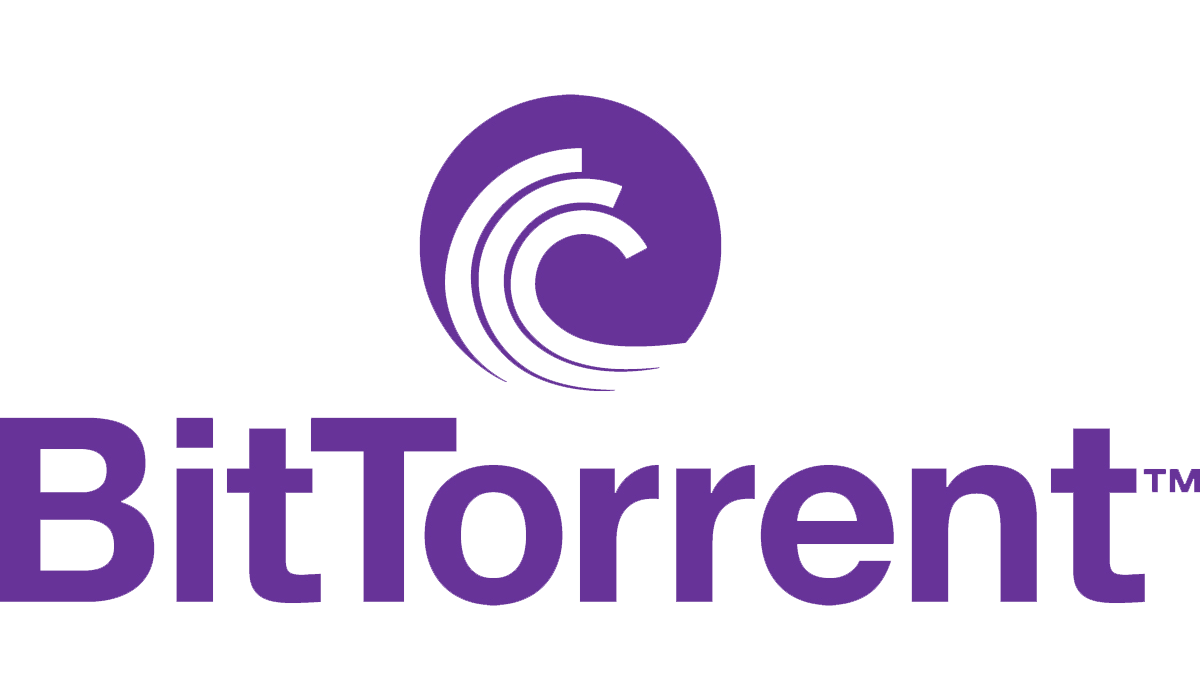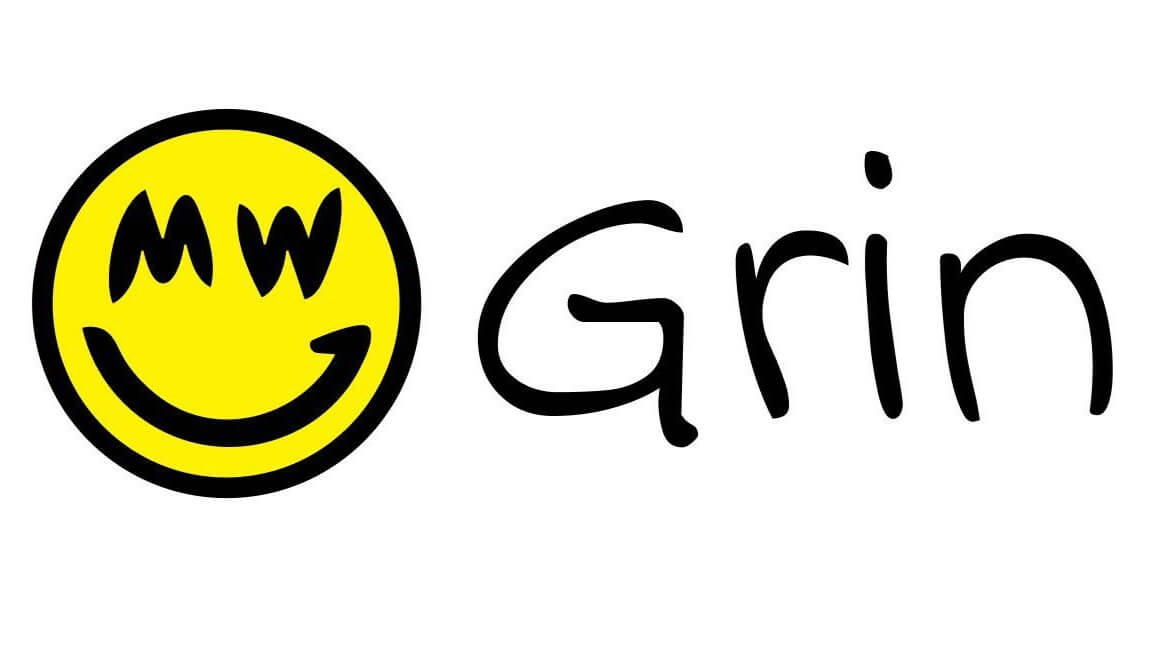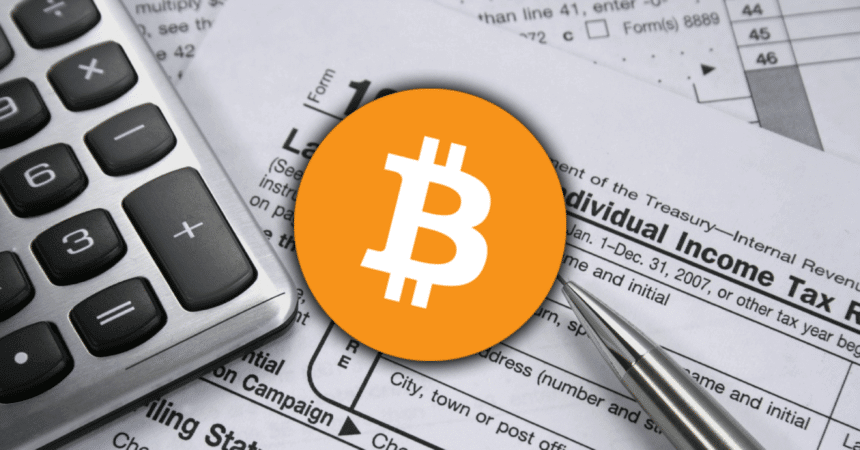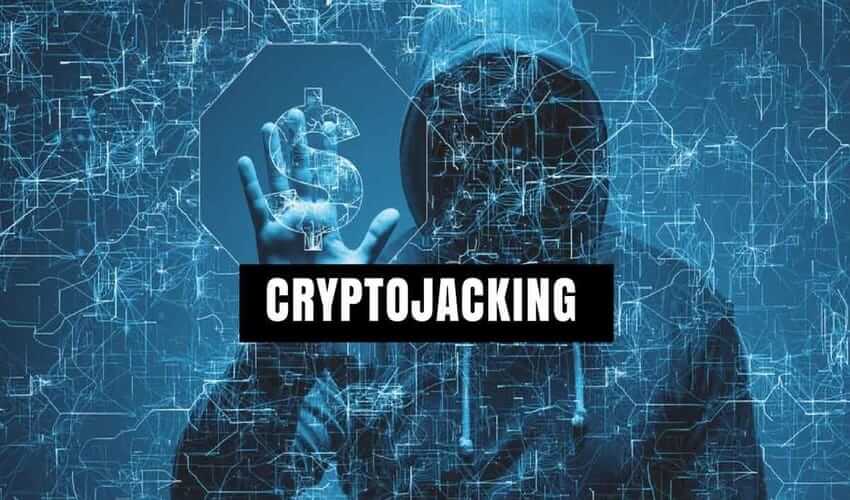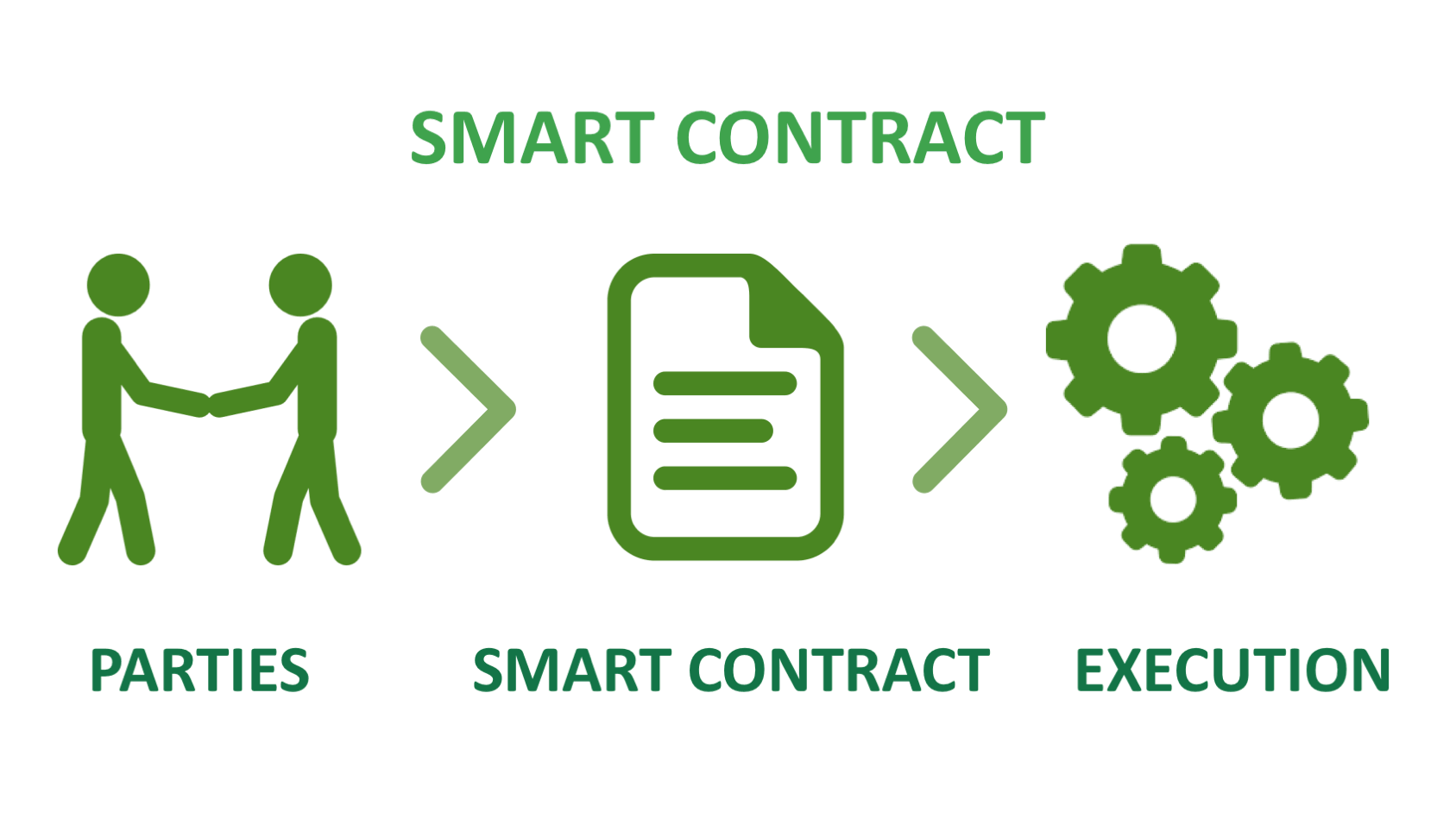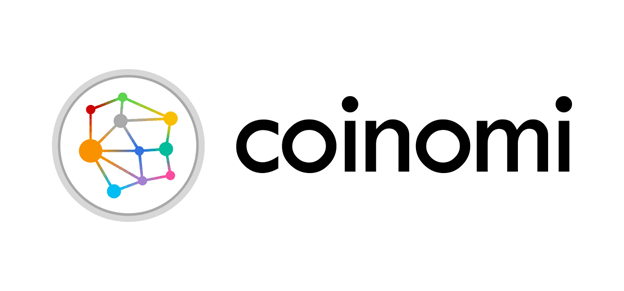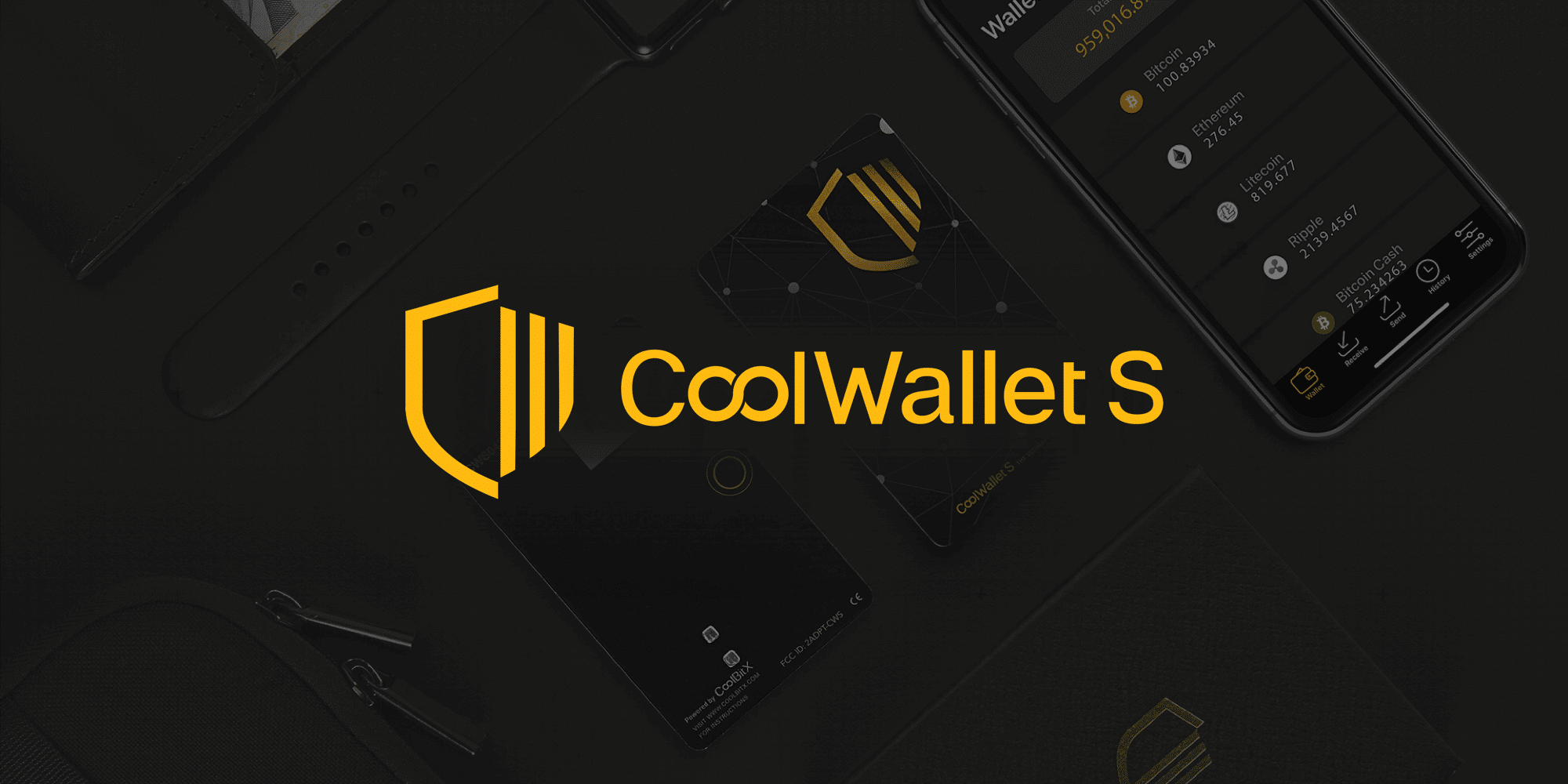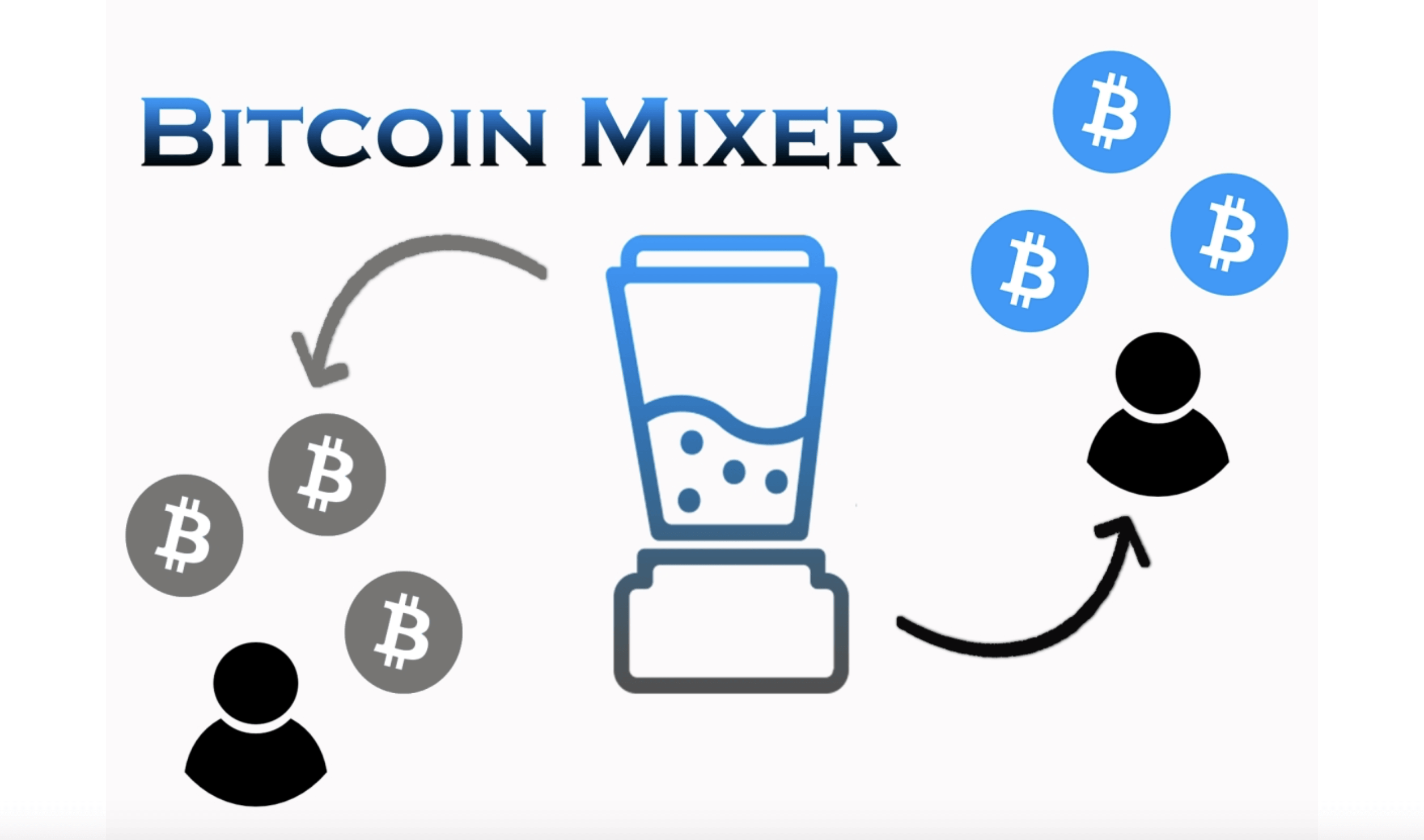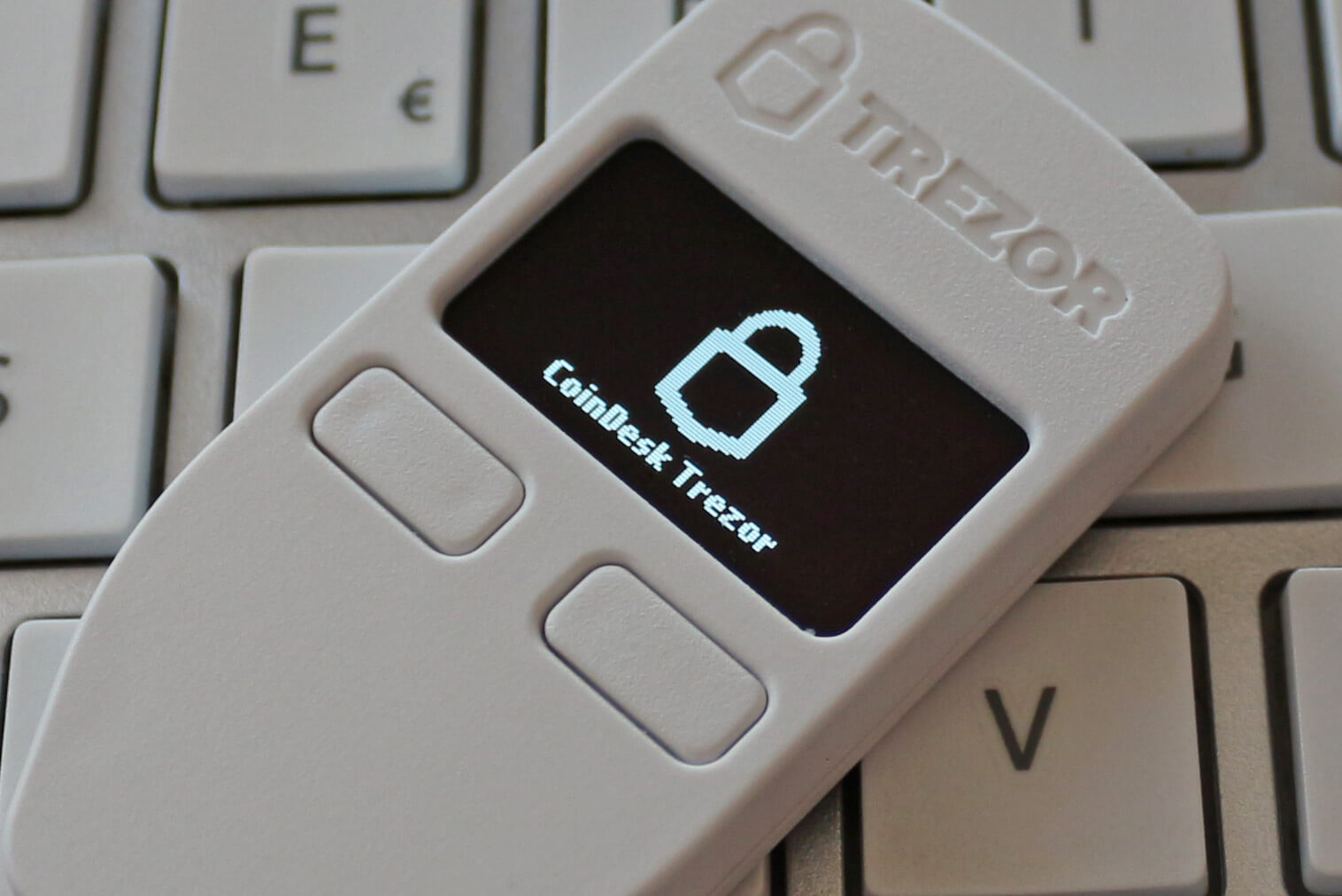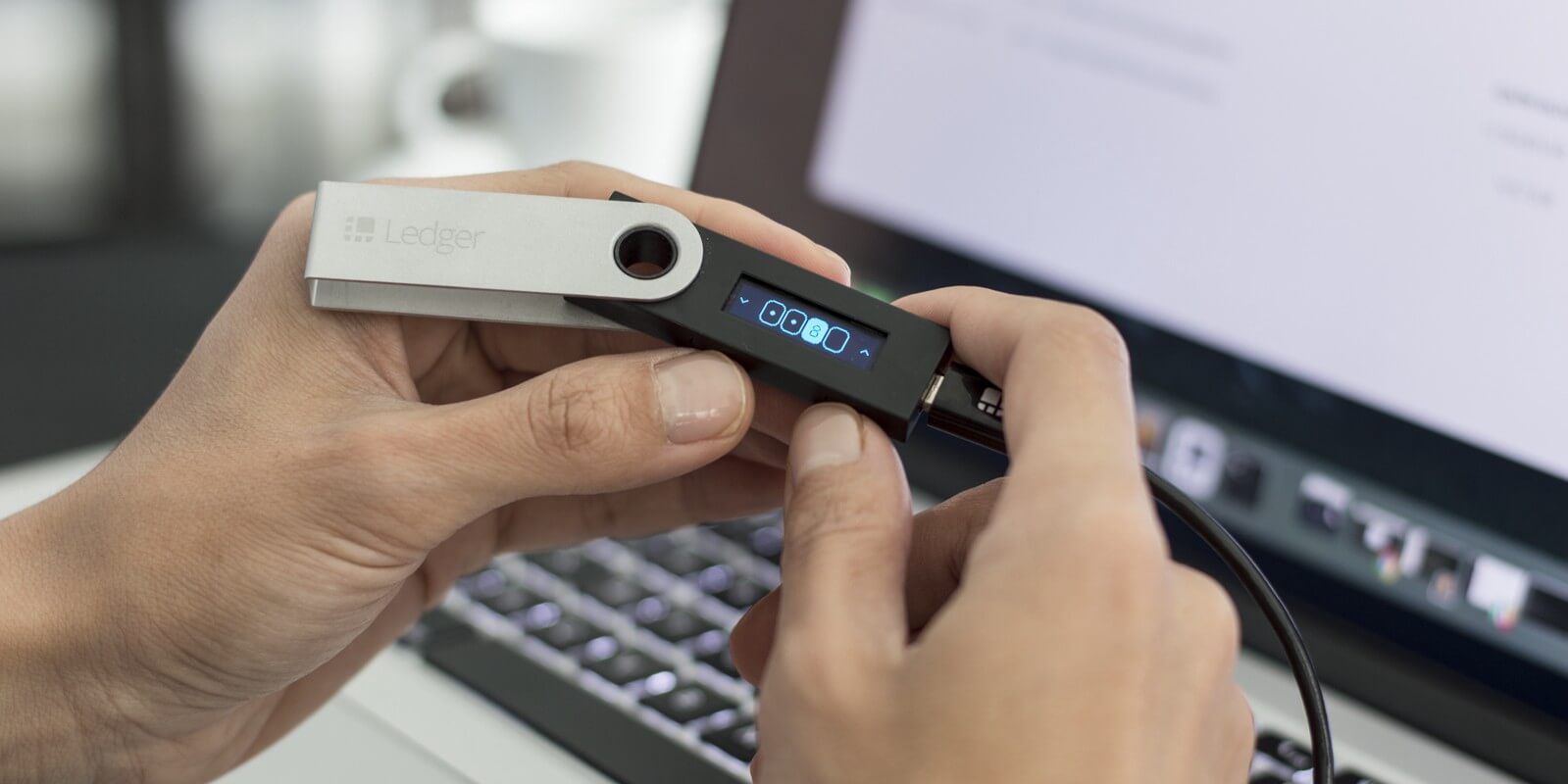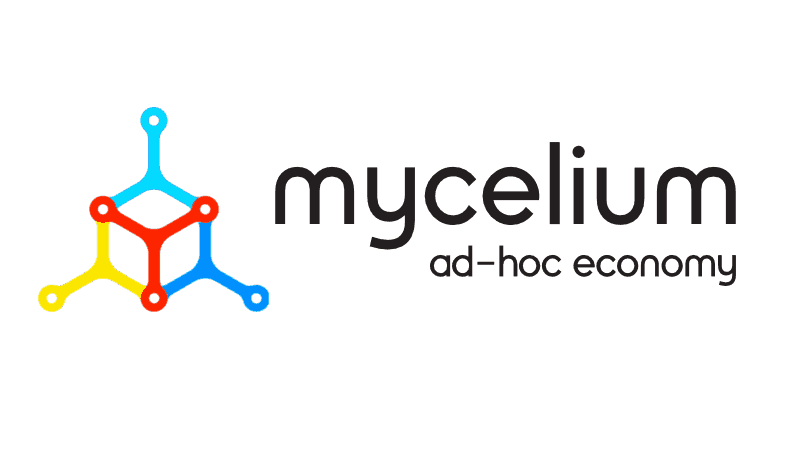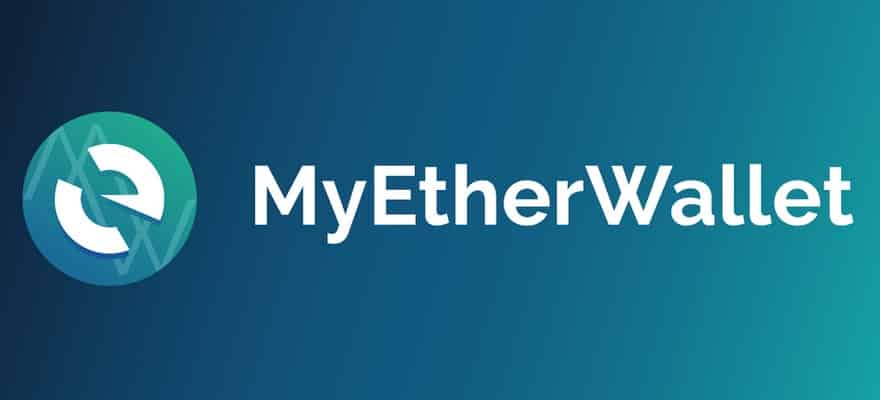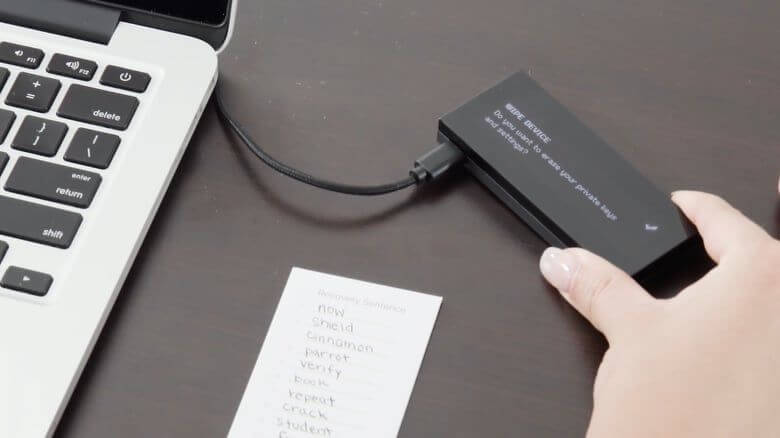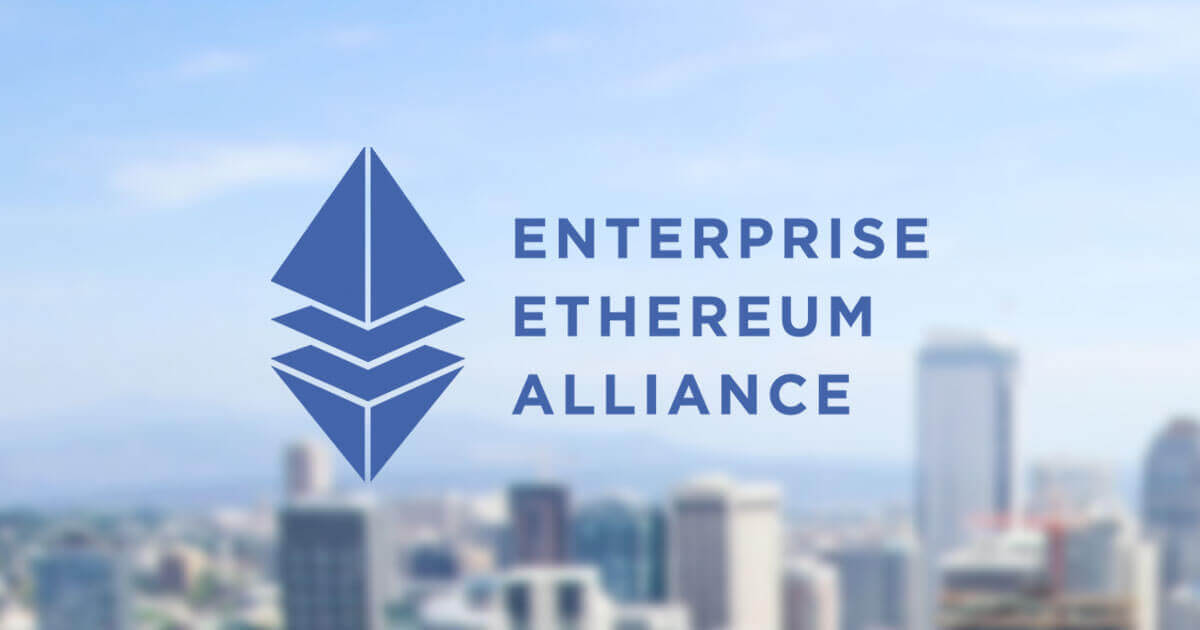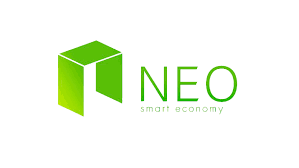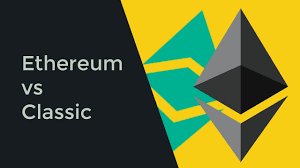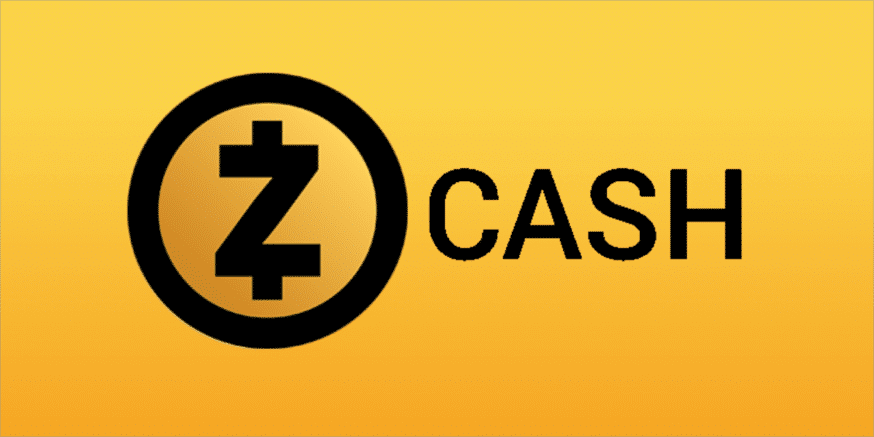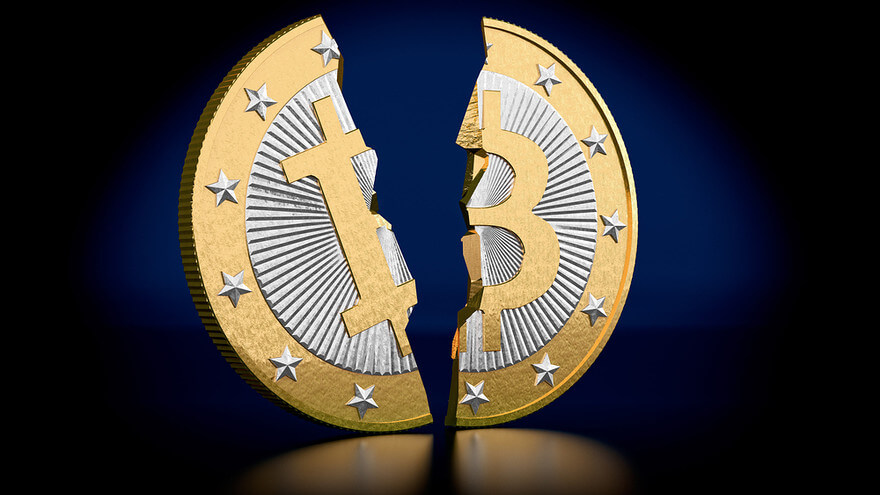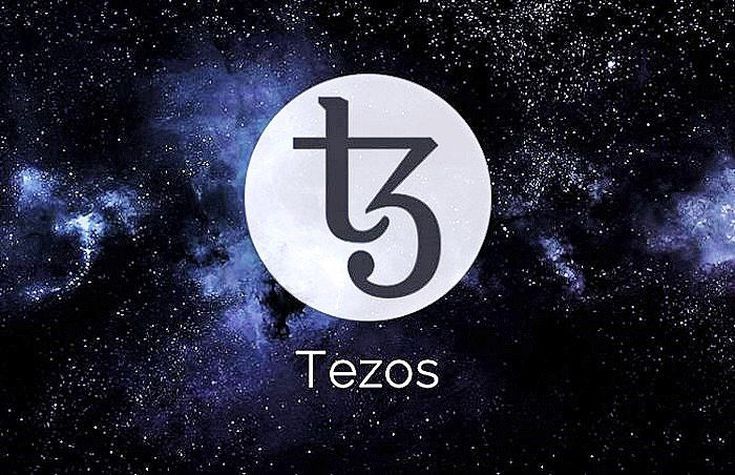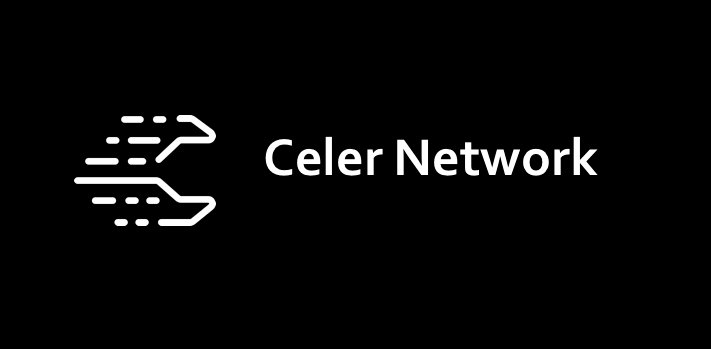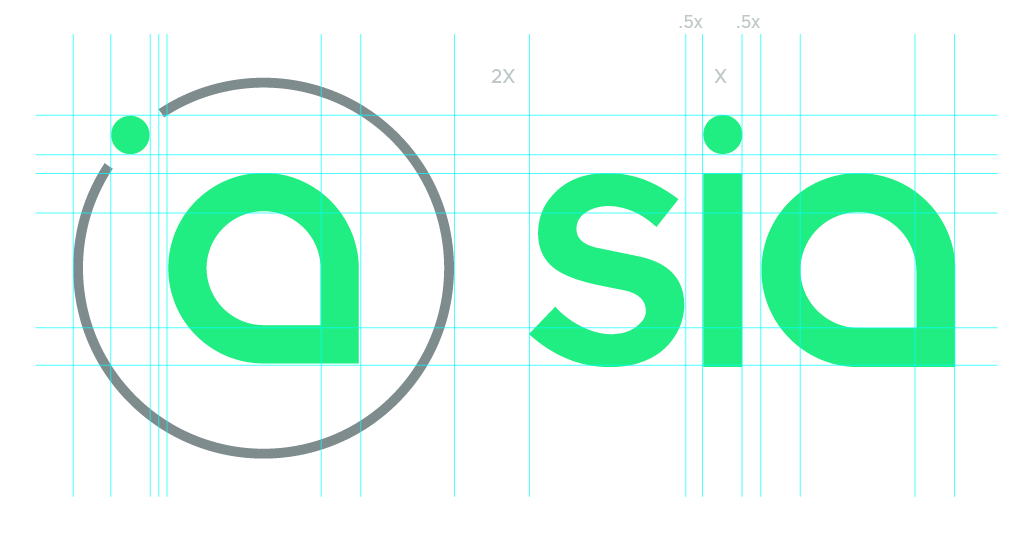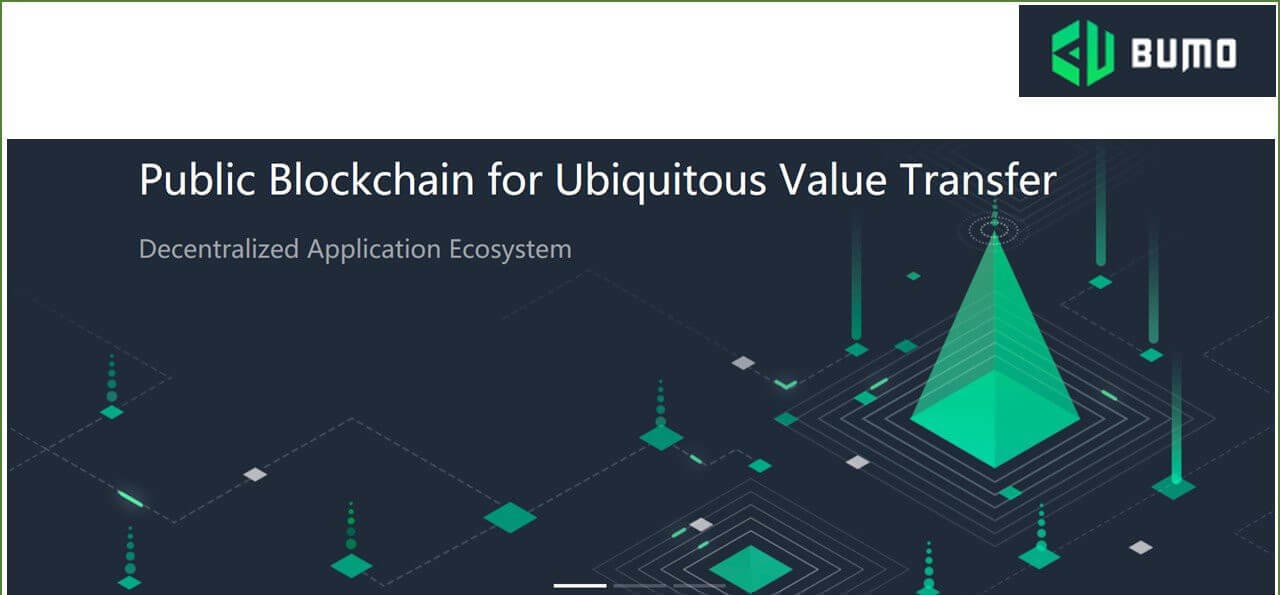BRD Wallet is a non-custodial mobile wallet built on the iOS platform. Non-custodial implies that Private keys for your digital assets are held on your mobile device, and not on BRD’s servers. The wallet has gained popularity in the recent past, primarily due to its support for anonymous trading, as well as the inclusion of multilayered security features aimed at preserving the integrity and safety of the user’s account and private keys.
But BRD is more than just a wallet, it is a blockchain network with its own native token. In this BRD wallet review, we will be looking at all the popular operational and security features associated with BRD, its fees and ease of use, and tell you whether it is a secure wallet.
BRD Key features:
Multiplatform: BRD Wallet is a mobile-based crypto wallet. It is built on the iOS platform and was originally designed for Apple product users. A surge in popularity has, however, seen the release of the android BRD wallet version for Android OS powered devices.
Fast: The BRD wallet uses the Special Payment Verification (SPV) protocol to connect to the Bitcoin blockchain, effectively guaranteeing the fastest crypto transaction confirmation speeds.
Native tokens: BRD is one of the few networks that maintains its own native token, the BRD Token.
Reward program: The BRD wallet is also one of the few networks that have an active loyalty reward scheme. The more BRD tokens you buy and hold in your wallet, the higher the rewards. 1,000 BRDs will get you 25% off trading fees, 2,500 BRDs gets you access to phone support, while 100,000+ BRDs gets you a phone call with BRD wallet CEO.
Support for debit cards: The BRD wallet doesn’t just make it possible to exchange coins, you can also easily pay for your Bitcoins or any other coins within the BRD network, using debit and credit cards.
Open source technology: The BRD wallet is also established on an open-sourced technology platform. This has, over the years, been vetted and audited by internet security experts with possible loopholes identified and patched.
Blockchain toolbox: Most recently, BRD introduced the BRD blockchain toolbox referred to as the Blockset. This is a technology platform that blockchain technologists can use to create enterprise apps. According to BRD, Blockset will at first support Bitcoin, XRP, Hedera, and Ethereum blockchains before bringing more networks on board.
Security features:
Password protected: When installing the BRD wallet app, you will be required to set a six-digit password.
Biometric features: In addition to the passcode, BRD also incorporates other security features such as fingerprint and Facial recognition biometrics.
Anonymous trading: When creating a user account with BRD wallet, the company doesn’t ask for information personally identifiable to you, like your name, physical address, or email address. Neither will you be subjected to the KYC verification process. And this allows for anonymous crypto transactions.
12 phrase seed backup: Should you ever forget the account password, or lose access to the mobile device hosting your private keys, you can always recover your BRD wallet account using the 12 phrase recovery, generated by the wallet during installation.
AES hardware encryption: The private keys and any other information stored in your BRD wallet is also highly encrypted using the AES hardware encryption technology.
BRD Wallet ease of use:
BRD wallet is an easy to use crypto vault. While it hosts numerous features, they are all neatly organized on the user dashboard. The BRD wallet account registration processes are also easy and straightforward.
The mobile wallet app is also multilingual, supporting up to 13 international languages and currently available to the crypto community members in over 150 countries across the world.
Currencies supported
BRD wallet was initially designed to be a Bitcoin Only wallet. Over time, however, the mobile vault has incorporated several other cryptocurrencies and tokens, including Bitcoin Cash and Ethereum, stable coins like TrueUSD, and all the ERC 20 tokens.
It has Bitcoin as the default wallet address, and therefore, you will need to manually add the wallet for any other crypto you wish to transact. The process is, however, easy as you only need to head over to the cryptocurrency exchange list on your user dashboard, and click on the ‘Add’ icon that displays against the coin you wish to buy/send.
BRD crypto wallet cost and other fees
Acquiring the BRD wallet and storing your digital assets is free. Transacting through the app, however, attracts variable fees, depending on factors such as the blockchain network involved, the number of coins being exchanged, and the medium of exchange.
If you, for instance, wish to buy crypto assets using a credit card, you incur as much as 5% in transaction fees. Your bank or debit card provider may also charge a processing fee when you wish to make cash deposits like USD, EUR, CAD, DKK, and GBP for purchases of different cryptocurrencies within the app.
Setting up the BRD crypto wallet:
How to install a BRD wallet:
Step 1: Download the BRD crypto wallet app from the Google Play Store on your Android or the Apple App Store for your iOS mobile device and install it.
Step 2: Create and memorize a six-digit passcode that you will be using to access the wallet app.
Step 3: The crypto wallet app will then auto-generate 12 phrases that serve as the backup seed for your account. You will need them to recover your wallet and private keys therein if you forget the password.
Step 4: You are now set and can start transferring cryptocurrencies to the wallet and buy or sell in the app-based exchange.
Note: Before you start transacting using the app, we advise that you first add a biometric security feature such as the fingerprint or Face ID to the app as an additional security layer.
Sending and receiving coins:
To receive funds into your BRD Wallet:
Step 1: Log in to your BRD crypto wallet app.
Step 2: On your user dashboard, click on the coin you wish to receive.
Step 3: Tap the receive option to display the wallet address and the QR code. Copy either and send them to the party sending you coins.
To send payments from your BRD Wallet:
Step 1: Log in to your BRD crypto wallet app.
Step 2: On your user dashboard, click on the coin you wish to send.
Step 3: Tap the send option to display the payment details. Enter the recipient’s wallet address and the number of coins you wish to send.
Step 4: Confirm the payment details and hit send.
BRD hardware wallet pros and cons:
Pros:
- Its open-sourced nature and integration of biometric features speak a lot about the app development team’s dedication to its security.
- The wallet app is relatively easy to use, as it features a friendly user interface.
- The app simplifies crypto exchanges by making it possible to buy digital assets via debit cards, credit cards, and even cash.
- It combines a wide range of security features that include; encryption, biometrics, pin code, and open-sourced codes to preserve the integrity of the app.
- The app has very low latency and some of the fastest bitcoin transaction processing speeds.
Cons:
- One may consider the number of digital currencies supported by the mobile wallet limiting.
- It is still a hot wallet, and this implies that it is susceptible to internet threats like remote hacker access and ransomware.
- Some essential services, like phone support, are only available to individuals with a large number of BRD coin deposits.
- The fact that it supports credit/debit cards and bank transfers beats its intention of anonymous trading as their transactions can always be tied back to a specific crypto account.
BRD wallet compared to competitors:
Comparing BRD with Infinito crypto wallet apps.
BRD and Infinito are both technologically advanced and highly innovative crypto wallet apps. Equally, Their bots have similar attention to account security as they both advocate for a strong password and biometric backups. However, BRD pales in the face of Infinito when it comes to the number of supported cryptocurrencies and the app’s ease of use. While BRD supports just a handful of coins and tokens, Infinito hosts 2000+ digital currencies.
Comparing the BRD crypto wallet app with Trezor hardware wallet.
The Trezor hardware wallet is superior to the BRD wallet app in three key security and operational areas. First, it stores the owners’ coins offline. Secondly, it has the backup of the physical on-device button used to authorize any crypto transaction. And lastly, it supports more coins and tokens. One may, however, consider the BRD wallet app easier to acquire as it is freely available, easier to use, and more beginner-friendly.
Customer support:
BRD wallet has a fairly responsive customer support team that you can engage with on the live chat, through email or one of their social media handles. This team is multilingual and can communicate in over 13 languages.
The only downside is that you need to buy and maintain a balance of 2,500+ BRD tokens to have access to phone support to BRD’s customer service team.
Verdict: Is the BRD crypto wallet app safe?
Several features of the BRD crypto wallet app give us a lot of confidence about the security of their wallets, and the safety of private keys stored therein. These include its open-sourced technology, the use of a passcode, the integration of Biometric security features, and the backup seed. BRD crypto app has an above average safety score, but we recommend that you first invest in a very strong antivirus before installing the crypto wallet app.


